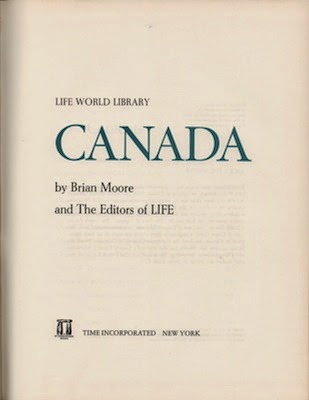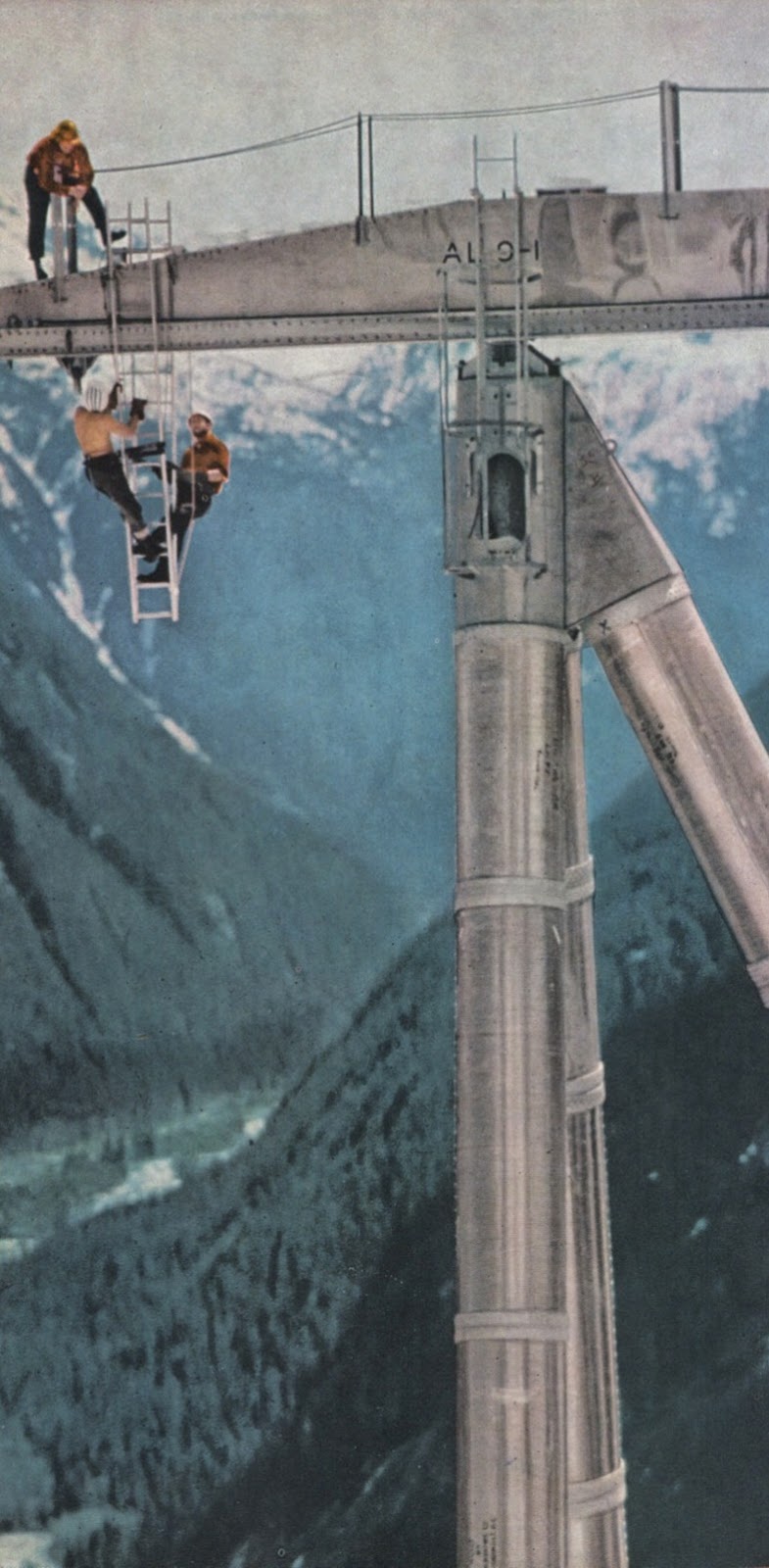Violence sells but I'm not buying, which may be why it's taken me so long to see just how much it was used in pushing early Harlequins.
As near as I can tell, the publisher began using violence as a selling point with its third book, Howard Hunt's Maelstrom. We remember Hunt today as one of Richard Nixon's plumbers, forgetting that the man was once awarded a Guggenheim Fellowship (whereas Truman Capote and Gore Vidal were not). His third novel, Maelstrom, was first published in 1948 by no less a house than Farrar Straus. Sure, the dust jacket was garish, but c'mon, Farrar Straus!
By contrast, the Harlequin edition issued the following June (four months before Hunt joined the CIA), seems bland… that is, until you read the tagline:
Harlequin used 'violence" in flogging all sorts of titles, no matter how unlikely. Its cover copy for Ben Hecht's Hollywood Mystery promises a plot in which "violence and murder intermingle with wacky situations." Lady – Here's Your Wreath by Raymond Marshall is a "story of violence, mystery and sudden death". Marshall's Why Pick On Me? was pitched with promises of "Punch, Action, Violence!" And, in event that you missed it the first time, Harlequin uses the word twice – in consecutive sentences – in describing James Hadley Chase's No Orchids for Miss Blandish:
This is a fast moving very shocking crime story, which tells of a young and glamorous heiress, whose beauty excites a gang of brutal mobsters to such an extent that they leave a trail of death and destruction in their efforts to kidnap and debauch her. The detective, Dave Fenner, is called in to crack the case, and matches the sadistic brutality of the gang with his own particular brand of violence. This is definitely not a book for the faint-hearted who cannot stand explosive violence and action.Chase is a special case. With I'll Bury My Dead, we're promised a tale of "murder and violence". Figure It Out for Yourself finds hero Vic Malloy "snarled up in a vicious vortex of murder, glamorous women and violent non-stop action". Twelve Chinks and a Woman, the title Harlequin would really like us all to forget, finds sleuth Dave Fenner descending into a "merciless violent Underworld".
Then there are the covers.
The Harlequin cover for Manitoba boy A.E. van Vogt's The House That Stood Still ranks with News Stand Library's Love is a Long Shot and The Penthouse Killings as the most disturbing and violent ever produced in this country. But those News Stand Library books are anomalies; in truth, the covers of Harlequin's early rivals rarely depicted violence. The typical New Stand Library book promises sex. On rare occasions – as with Too Many Women or Overnight Escapade – the two very nearly intersect, but never do. These News Stand Library covers suggest the possibility of violence, while those of Harlequin depict actual acts or the bloody results of same.
The ten Harlequins that follow give good example, each one typical of a time in which the publisher put forth brutal sagas of love and violence – and not slight stories of brutal love.
 |
| Maverick Guns J.E. Ginstead 1950 |
 |
| The Case of the Six Bullets R.M. Laurenson 1950 |
 |
| The Cold Trail Paul E. Lehman 1950 |
 |
| Fall Guy Joe Barry 1950 |
 |
| She Died on the Stairway Knight Rhodes 1950 |
 |
| Wreath for a Redhead Brian Moore 1951 |
 |
| The Dead Stay Dumb James Hadley Chase 1951 |
 |
| False Face Leslie Edgley 1951 |
 |
| Hunt the Killer Day Keene 1952 |
 |
| The Body on Mount Royal David Montrose 1953 |

















































